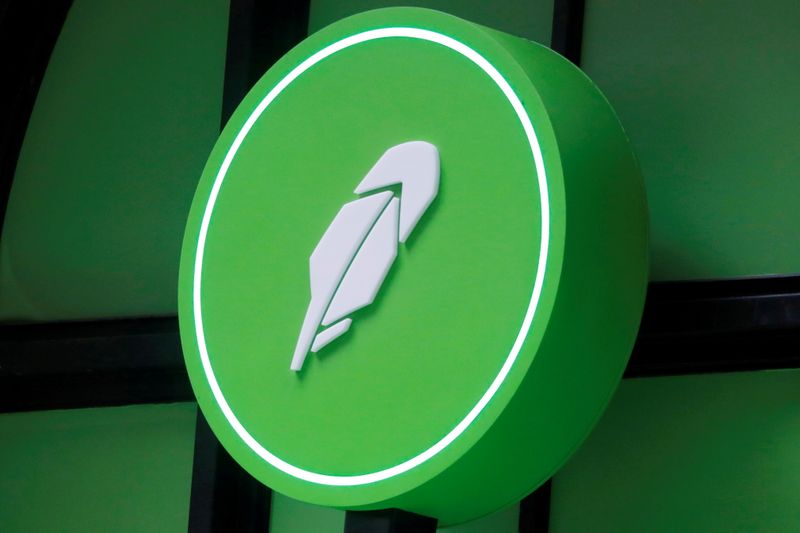On Monday, Goldman Sachs updated its price target for Robinhood Markets (NASDAQ:HOOD), increasing it to $25.00 from the previous $22.00, while keeping a Neutral rating on the stock. The adjustment follows a period where Robinhood shares experienced a decline post-earnings, despite strong year-to-date (YTD) performance. The dip was attributed to higher contra revenue from the company's matching program and the discontinuation of a particular program that failed to meet expected returns.
The reassessment of Robinhood's stock comes after considering several factors, including robust net new asset (NNA) growth and the launch of several significant products in the past month. Goldman Sachs noted that the YTD success of Robinhood could be linked to these developments. The firm's projections had previously been below the consensus, influenced by anticipated reductions in interest rates over the next two years impacting net interest income (NII), and conservative estimates regarding the scalability of trading revenues against assets under custody (AUC).
The firm's latest note elaborates on adjustments made to their model, which resulted in higher numbers and an increased price target. These changes were primarily driven by modifications related to NII and trading revenues, which balanced out the lower earnings projections due to contra revenue modeling.
Goldman Sachs maintains its Neutral stance on Robinhood, citing caution over the long-term scalability of trading revenues, especially with a more stable user base. Nonetheless, the firm recognizes the potential for upside risks to transaction-related revenues and possibly NII, should Robinhood succeed in attracting active traders through its new trading platform and product offerings.
In other recent news, Robinhood Markets, Inc. reported strong financial growth for Q3 2024 in a recent earnings call. The company witnessed record net deposits and customer assets, which resulted in substantial revenue increases. Robinhood's net deposits reached $10 billion for the third consecutive quarter, with customer assets under custody hitting a record $152 billion. Q3 revenues increased by 36% year-over-year to $637 million, with adjusted EBITDA nearly doubling to $268 million.
In addition to these financial highlights, Robinhood also launched new trading products including Index Options, Futures, and the desktop platform Robinhood Legend. These developments were met with strong customer demand, as evidenced by nearly 2 million customers on the waitlist for the Robinhood Gold credit card. Despite potential challenges such as a 50 basis point Fed rate cut, which could impact the company by approximately $40 million per cut, Robinhood remains optimistic about its future growth trajectory.
InvestingPro Insights
Robinhood Markets' recent performance and Goldman Sachs' updated price target align with several key metrics and insights from InvestingPro. The company's market cap stands at $21.19 billion, reflecting its significant presence in the fintech space. Robinhood's revenue growth is particularly noteworthy, with a 35.74% increase over the last twelve months as of Q3 2024, and a 36.4% quarterly growth in Q3 2024. This robust growth supports Goldman Sachs' optimism regarding Robinhood's net new asset growth and product launches.
InvestingPro Tips highlight that Robinhood's stock has shown strong returns, with a remarkable 147.37% price total return over the past year. This aligns with Goldman's observation of Robinhood's strong year-to-date performance. Additionally, the company's profitability over the last twelve months and analysts' predictions of profitability this year corroborate Goldman's positive outlook on Robinhood's financial health.
However, investors should note that Robinhood's stock price movements are quite volatile, as indicated by another InvestingPro Tip. This volatility is evident in the recent post-earnings decline mentioned in the article. For a more comprehensive analysis, InvestingPro offers 11 additional tips that could provide further insights into Robinhood's market position and potential future performance.
This article was generated with the support of AI and reviewed by an editor. For more information see our T&C.
